The Remarkable Benefits of Contrast Therapy: A Deep Dive
Contrast therapy, with its rich history and myriad of health benefits, presents a compelling addition to anyone’s wellness regimen.
Contrast therapy, with its rich history and myriad of health benefits, presents a compelling addition to anyone’s wellness regimen.

Contrast therapy, the practice of alternating between hot and cold temperatures, has been a subject of intrigue and study in the wellness and athletic communities for years.
Its origins trace back to ancient healing practices, but it has recently seen a resurgence in popularity.
This blog delves into the numerous benefits of contrast therapy, exploring how it can enhance physical recovery, mental well-being, and overall health.

Contrast therapy involves the alternation between hot and cold treatments. This typically includes using hot baths, showers, or steam rooms, and then switching to cold showers, ice baths, or cold packs.
The duration of each treatment can vary, but generally, it involves spending a few minutes in each temperature extreme.
Historically, contrast therapy has roots in various cultures. The Romans were known for their use of thermae, which involved a series of hot and cold baths.
Similarly, traditional Nordic and Russian practices incorporated the use of saunas followed by cold plunges. This ancient wisdom has now been adopted and adapted into modern wellness practices.
One of the most well-known benefits of contrast therapy is its role in aiding recovery post-exercise.
Alternating between hot and cold can help reduce muscle soreness and speed up the recovery process.
The heat promotes blood flow and helps muscles relax, while the cold reduces inflammation and limits the buildup of lactic acid.
Contrast therapy can also be effective in managing chronic pain, including conditions like arthritis or fibromyalgia.
The heat helps to soothe stiff joints and muscles, while the cold can numb pain and reduce swelling.
Regular use of contrast therapy might also contribute to a stronger immune system.
The stress induced by the temperature changes stimulates the immune response, potentially making the body more resistant to illnesses.
The process of vasodilation (expansion of blood vessels) during the hot phase and vasoconstriction (narrowing of blood vessels) during the cold phase can enhance blood circulation.
Improved circulation facilitates better oxygen and nutrient delivery to tissues, which is vital for overall health and healing.
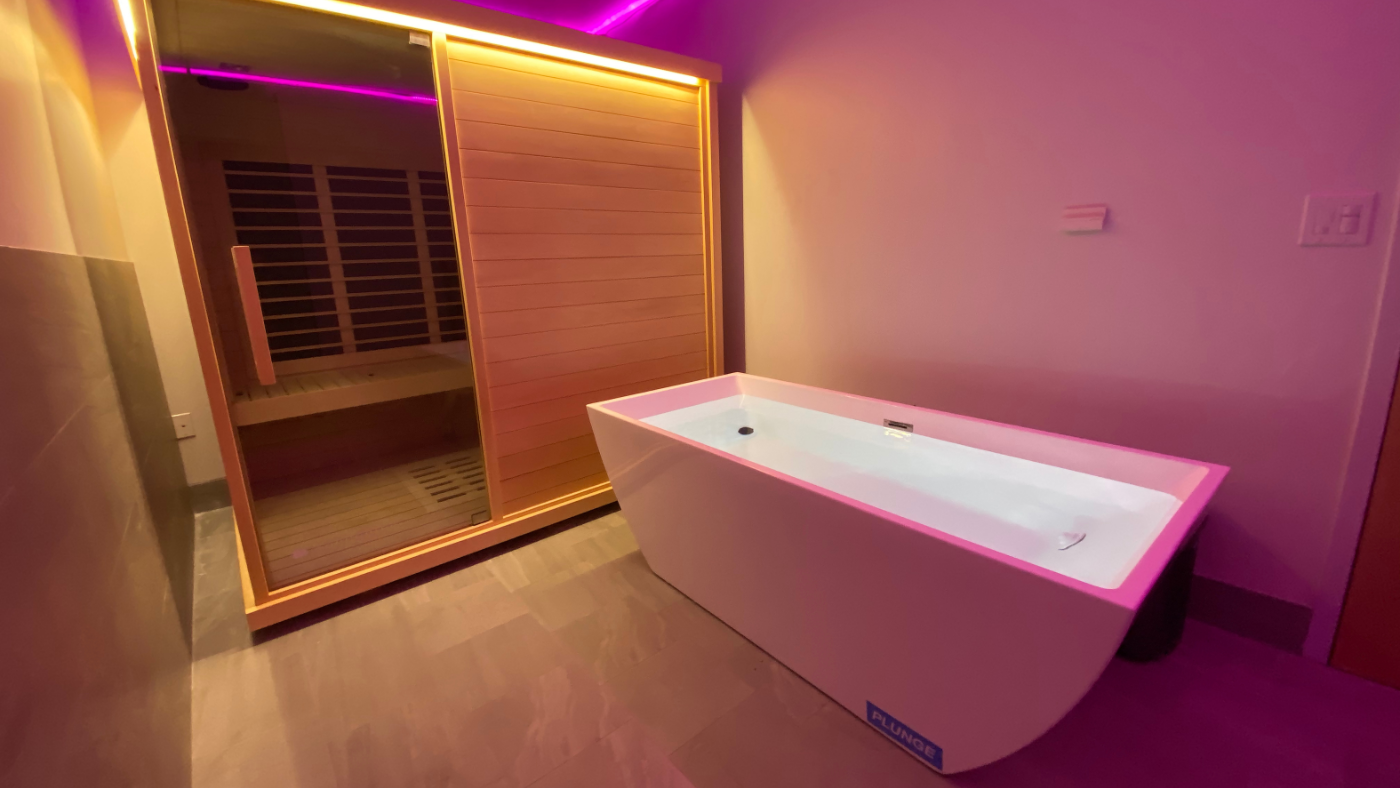
Contrast therapy can act as a form of stress relief. The heat helps to relax the body and mind, while the cold stimulates the production of endorphins, which are natural mood elevators.
Regularly engaging in contrast therapy, particularly in the evenings, can help regulate the body's internal clock and promote better sleep.
The temperature fluctuations can aid in the release of melatonin, a hormone responsible for regulating sleep.
The challenge of enduring the extremes of hot and cold can also build mental resilience.
Over time, individuals may find they are better equipped to handle stress and discomfort in other areas of their lives.
Athletes often use contrast therapy to mitigate delayed onset muscle soreness (DOMS), which can occur after intense physical activity.
The therapy helps to reduce inflammation and muscle fatigue, allowing for quicker recovery.
Some studies suggest that regular use of contrast therapy can lead to improvements in athletic performance.
The therapy may increase flexibility, reduce the risk of injury, and enhance overall endurance.
For athletes, contrast therapy can play a role in injury prevention and management.
The therapy helps maintain healthy blood flow to muscles and joints, which can reduce the likelihood of injuries.
Additionally, if an injury does occur, contrast therapy can be part of the rehabilitation process.
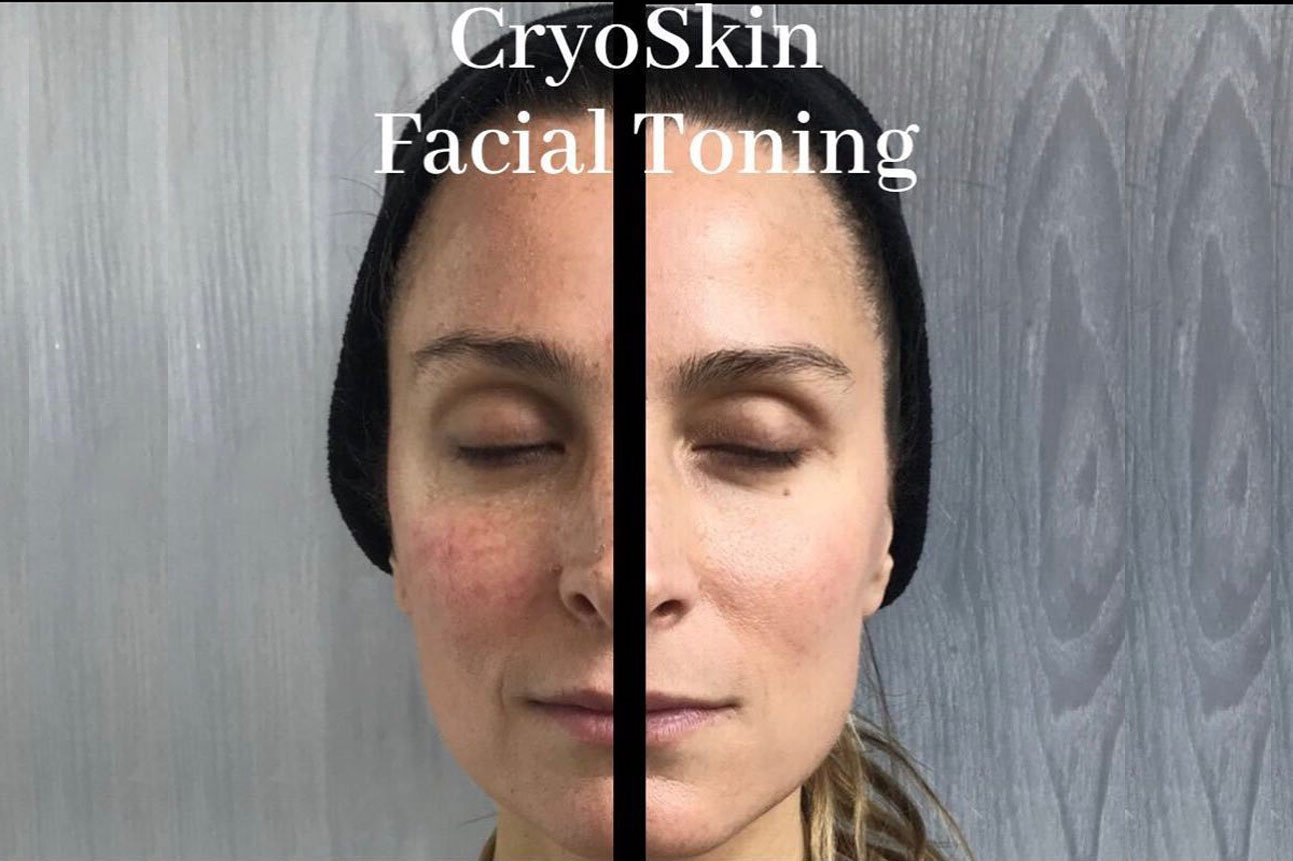
The alternating temperatures in contrast therapy can benefit skin health.
The heat opens up pores, allowing for better cleansing, while the cold can tighten the skin and reduce the appearance of pores.
Regular contrast therapy sessions can improve circulation, which, in turn, can give the skin a healthier, more radiant appearance.
The cold phase of contrast therapy can help reduce puffiness and inflammation in the skin, particularly around the eyes.
This can be particularly beneficial after a poor night's sleep or during allergy season.
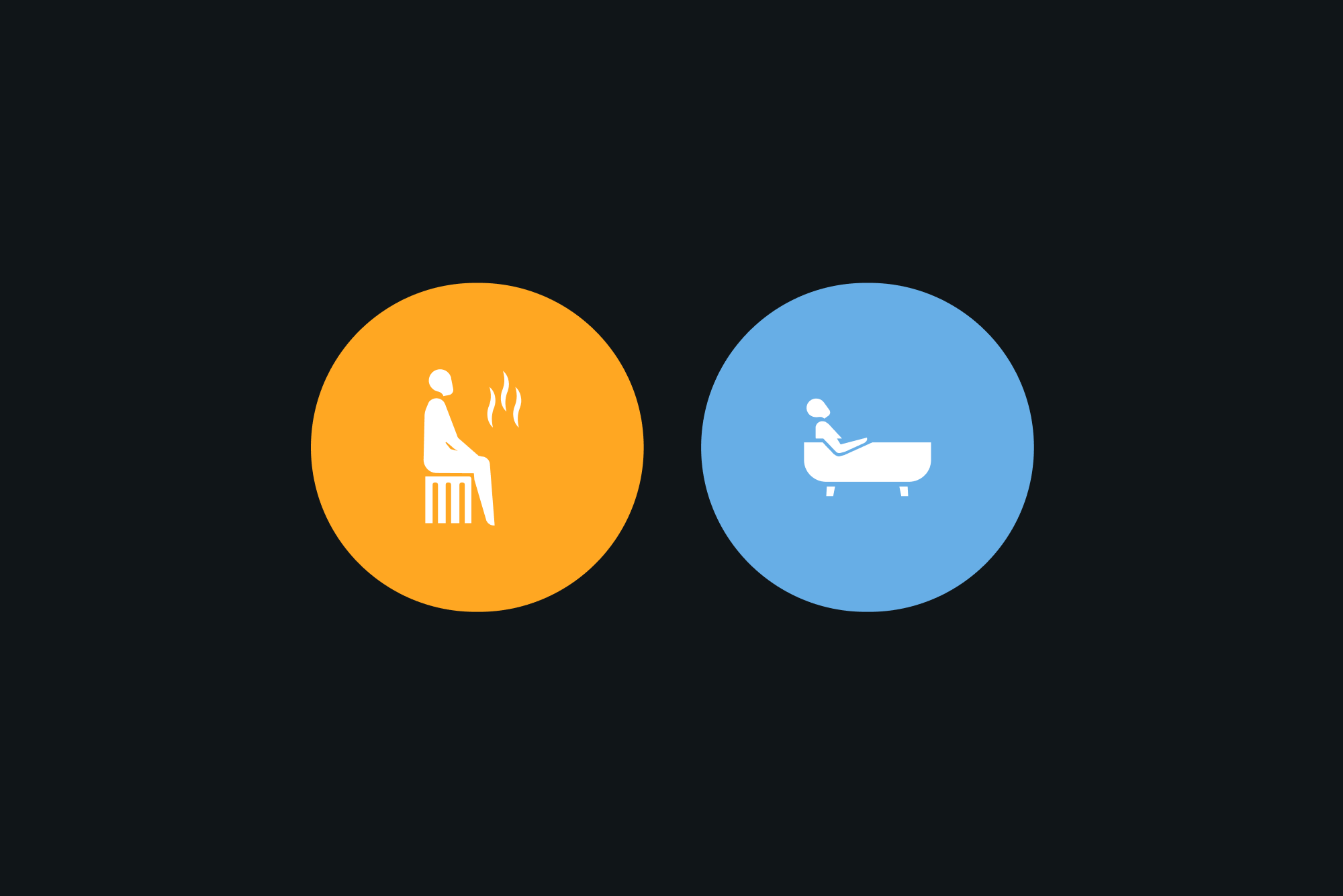
While contrast therapy offers numerous benefits, it's not without risks. People with certain health conditions, such as cardiovascular issues, should be cautious.
The extreme temperature changes can put additional stress on the heart and circulatory system.
To practice contrast therapy safely, it's important to listen to your body and avoid extremes that feel uncomfortable.
Starting with moderate temperature differences and gradually increasing the intensity can help your body adapt.
Additionally, staying hydrated and avoiding prolonged exposure to extreme temperatures is crucial.
Certain conditions warrant avoiding contrast therapy altogether. These include pregnancy, severe hypertension, deep vein thrombosis, and open wounds or skin infections.
Consulting a healthcare professional before starting contrast therapy is always recommended.
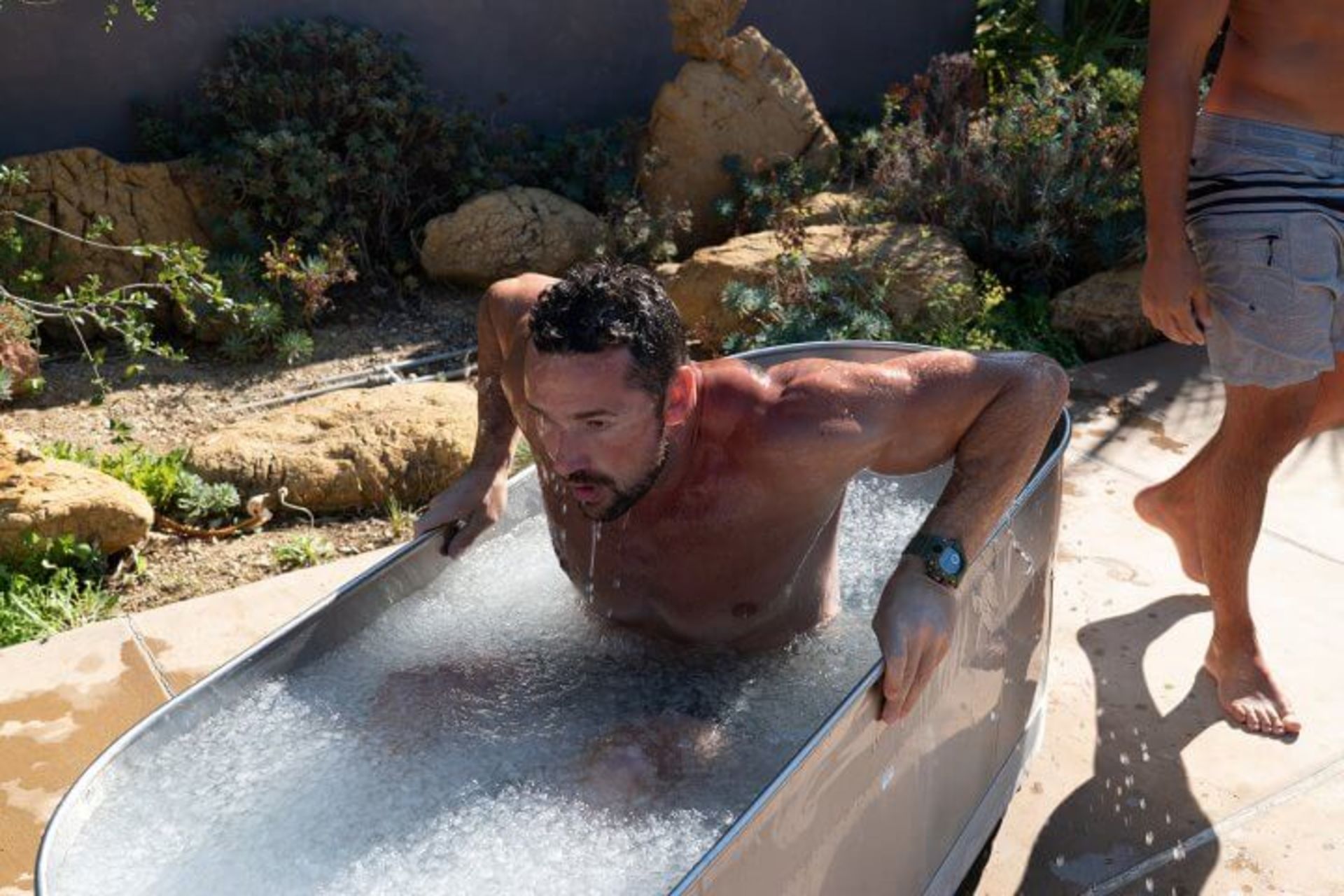
Contrast therapy can easily be incorporated into your routine at home. Alternating between hot and cold showers or using hot towels followed by ice packs are simple methods.
Investing in a sauna and a plunge pool can also be considered for a more immersive experience.
Many spas and wellness centers offer contrast therapy services. These may include advanced options like cryotherapy chambers and specialized hot tubs, providing a more controlled and intense experience.
For best results, consistency is key. Incorporating contrast therapy into your regular wellness routine, whether daily or a few times a week, can maximize the benefits.
The duration of each hot and cold phase can vary, but starting with one to two minutes on each side and adjusting based on comfort and goals is a good rule of thumb.
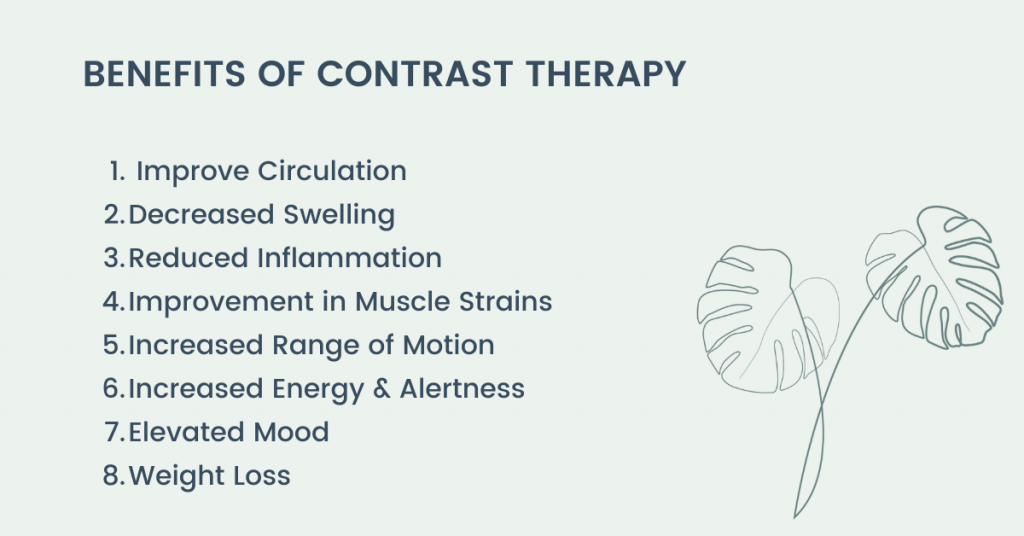
From enhancing physical recovery and mental well-being to improving skin health and boosting immune function, the advantages are as diverse as they are significant.
However, as with any wellness practice, it's essential to approach contrast therapy mindfully, considering personal health conditions and seeking professional advice when necessary.
Embracing the ebb and flow of hot and cold can lead to a balanced, healthier, and more resilient self.
Your cart is currently empty.
Start Shopping